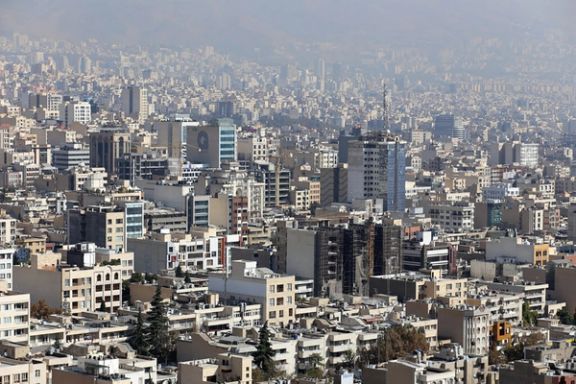Soaring Rents In Iran Add Urgency To Economic Crisis

A massive rise in rental fees in Iran has pushed the government to announce a 25-percent cap on annual increases but experts say the decree cannot be enforced.

A massive rise in rental fees in Iran has pushed the government to announce a 25-percent cap on annual increases but experts say the decree cannot be enforced.
In a meeting Sunday, the heads of the three branches of the government – President Ebrahim Raisi, Speaker Mohammad-Bagher Ghalibaf, and Chief Justice Gholam-Hossein Mohseni-Ejei – approved an annual cap of 25 percent increase in rents in Tehran and 20 percent in other cities. The meeting also decided to put a double-urgency bill to control rental prices on the agenda of the parliament this week.
On Wednesday, the parliament hastily approved the general outlines of the legislation to control the rental market, as many tenants complain that asking prices are up to 100 percent higher than last year.
High rents are pushing many people to outlaying suburbs of Tehran and many families are becoming homeless amid an explosive social and political environment.
Abdollah Otadi, a board member of Tehran Real Estate Consultants Union, says rents have risen 300 percent in the last three years in the capital, with the bulk of this occurring in the last few months.
Landlords in Iran often require large sums of rental security deposits or outright additional cash payments to agree to sign a lease. Some landlords seek higher deposits to use for investment in more properties or in their businesses. Higher deposits can considerably decrease the amount of monthly rent so many tenants also prefer to use their savings as deposit to pay less rent.
In 2020, as the housing crisis reached new heights, particularly in larger cities such as Tehran, former President Hassan Rouhani’s administration came up with a plan to pay rental deposit loans to eligible tenants. According to the government scheme, banks pay the sum directly to landlords and tenants are responsible for payment of monthly interest instalments at a rate of 13 percent.
Rental deposit loans were unprecedented before the recent crisis, but now banks pay up to $3,000 in local currency as rental loans, which is a huge amount of money in Iran.
Purchasing even low-cost housing has increasingly become unaffordable to the Iranian middle class as prices continue to rise due to high inflation and devaluation of the national currency which has lost its value almost by tenfold since 2017 when former US president Donald Trump signalled his intention to withdraw from the 2015 nuclear deal with Iran.
Demand, however, is high as many with money, including banks, rush to buy property, gold or foreign currency to preserve the value of their assets in such circumstances. According to a report by the Central Bank of Iran, the number of apartments sold in Tehran from April 21-May 20 increased by 166 percent compared to the same period in 2021.
Experts say devaluation of the national currency is the foremost factor for the quick rise in real estate prices and rents in recent months as rising inflation usually manifests itself with a delay of a few months. They also say the government will not be able to enforce the 25 percent rent increase cap.
As the currency drops against the US dollar, real estate prices rise accordingly, because land and buildings are one of the safest ways to protect capital from depreciation of the currency. When housing prices rise in local currency, so do rents and government decrees cannot be effective.